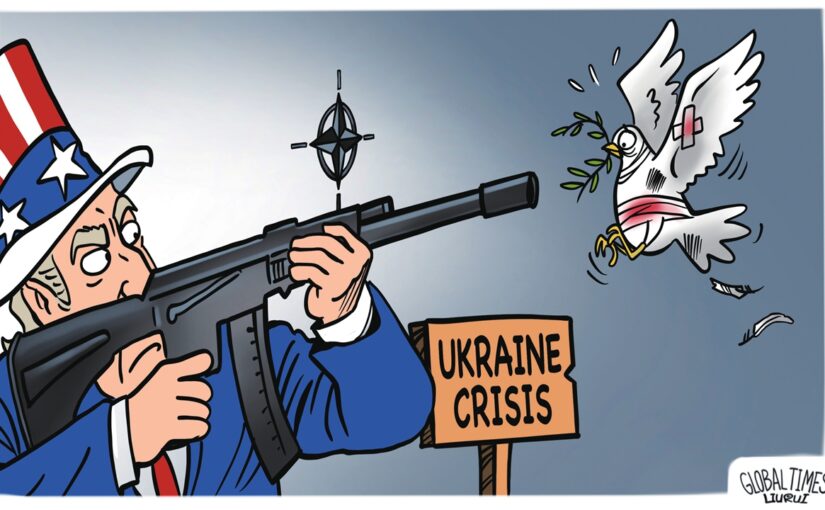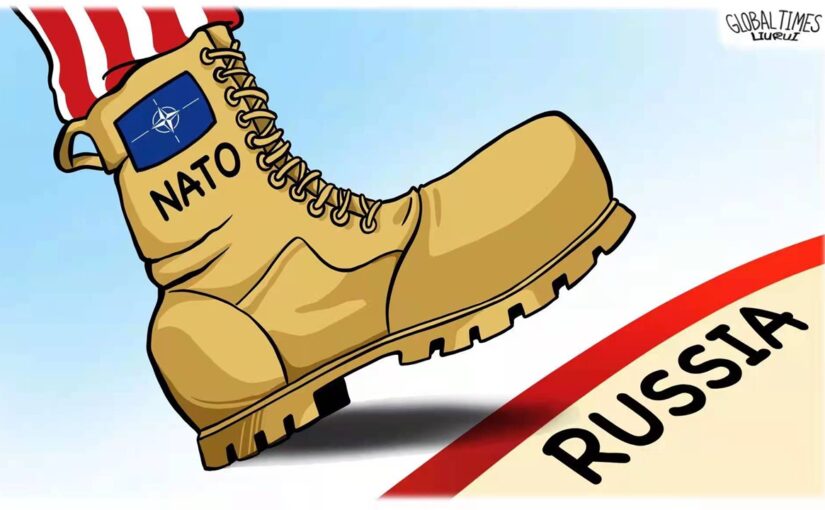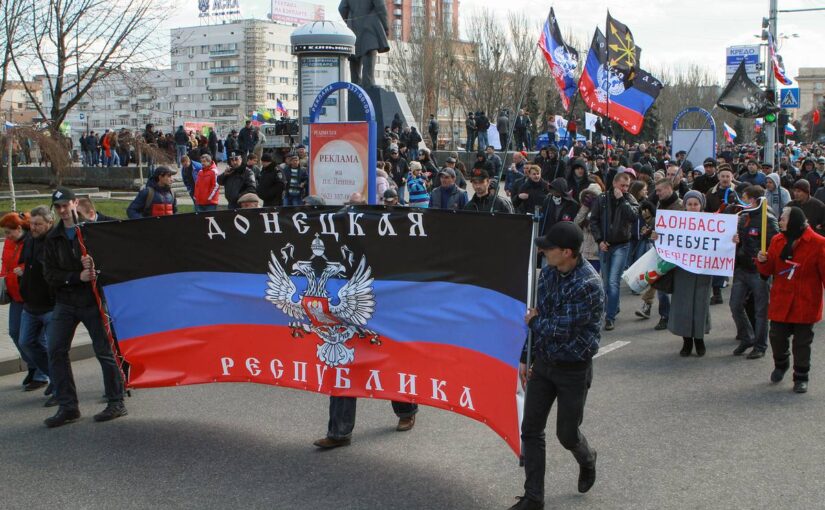The following is a slightly updated version of an article by Carlos Martinez in the Global Times, published on 22 February 2023.
A year ago, Xi Jinping and Vladimir Putin met in Beijing at start of the Winter Olympics, issuing a joint statement that called on the West to “abandon the ideologised approaches of the cold war”. The statement expressed their shared opposition to the further expansion of Nato and emphasised the need for “long-term legally binding security guarantees in Europe”.
President Xi said the two countries were “working together to bring to life true multilateralism.” A year later, with the horrifying proxy war between Russia and NATO dragging on, the people of the world are living – and dying – with the consequences of the US and its allies’ stubborn refusal to join the path of multipolarity.
With the benefit of hindsight, the Ukraine crisis has acquired a certain tragic inevitability. Russia had made its red lines perfectly clear over the course of many years: that Ukraine must never become part of Nato; that Nato’s expansion must end; that Ukraine must never be allowed to be used as a launching pad for war on Russia; and that the national rights of the Russian-speaking peoples of Eastern Ukraine must be respected.
As John Wojcik wrote in the left-wing US journal People’s World in January 2022, what happens in Ukraine is of critical importance to the survival of Russia. “From Napoleon to the Kaiser to Hitler, Russia has been invaded too many times from Europe, and it is understandably determined to maintain a militarily non-aligned buffer zone on its border.”
It was within the West’s power to prevent the current war, and it remains within the West’s power to put a stop to it now. Unfortunately the leading Western power, the US, has only a marginal interest in helping to bring about peace in Europe. If the US wanted peace, it could have supported Ukraine in adopting a path of military neutrality and building friendly and mutually-beneficial relations with both East and West. But the US privileges hegemony over peace, and has therefore constantly meddled in Ukraine with a view to exploiting its people and geography to project imperial power against Russia.
Continue reading Nato’s proxy war highlights urgent need for a multipolar future


